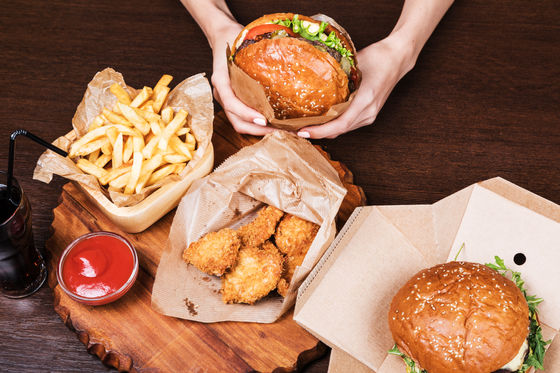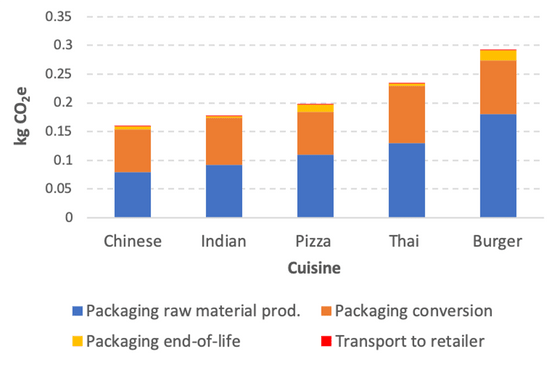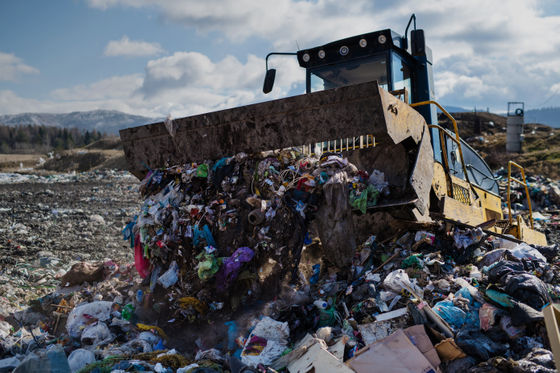Which home-delivered food is the worst for the environment?

The pandemic of the new coronavirus infection (COVID-19) that occurred in 2020
Home-delivered food has a huge climate cost. So which cuisine is the worst culprit?
https://theconversation.com/home-delivered-food-has-a-huge-climate-cost-so-which-cuisine-is-the-worst-culprit-151564
With the spread of smartphones and the Internet, it was estimated that the number of home-delivery meals used in Australia would increase from 27 million in 2018 to 65 million by 2024. In addition, due to the city blockade implemented as a measure against COVID-19, the number of home-cooked meals used has increased significantly, and as a result, the amount of household waste has increased by 20% compared to before the city blockade was implemented.

Disposable containers emit large amounts of carbon dioxide at each stage of manufacturing, waste transportation, and disposal.
So Crawford and colleagues quantified the emissions from Australia's most popular home-delivered food waste and investigated which types of food emit the most greenhouse gases. The result is below.
1st place: Hamburger set (0.29kg-CO2e)
2nd place: Thai food (0.23kg-CO2e)
3rd place: Pizza (0.20kg-CO2e)
4th place: Indian food (0.18kg-CO2e)
5th place: Chinese food (0.16kg-CO2e)
For Thai food and pizza, only a few types of packaging materials such as plastic containers, paper bags, and cardboard packages come out as garbage, but for hamburger sets, 'paper bags and paper cups, plastic straws and cup lids, Since various types of garbage such as 'cardboard drink holders' are generated, the result is that it has the highest environmental impact among popular home-delivered dishes.
This is a graph of the above results. From the right, it shows 'hamburger', 'Thai food', 'pizza', 'Indian food', and 'Chinese food'. It is color-coded for disposal (yellow) and transportation (red).

According to Crawford, more than 50% of the greenhouse gases emitted by the use of disposable containers and packaging come from materials such as plastic, paper and cardboard. Replacing these materials with recycled raw materials can reduce emissions to some extent, but it seems that emissions can only be reduced by about 10% because energy is consumed during the recycling process. Therefore, Crawford et al. Point out that reducing the amount of packaging material used is important for reducing the environmental burden.
It has also been found that greenhouse gas emissions vary greatly depending on the type of packaging material and disposal method. For example, when disposing of plastic, landfill was the lowest emission method. On the other hand, organic materials such as paper and corrugated cardboard are said to emit more than recycled or incinerated when disposed of in landfill.

Based on these findings, Crawford said, 'Individual approaches to each material are important in treating waste, and the most urgent issue is still to reduce disposable containers and packaging. That's why food delivery service companies should offer customers the option of what bags and dishes to use, and consumers may refuse packaging as much as possible or choose more environmentally friendly options. You will be required to do it. '
Related Posts:







